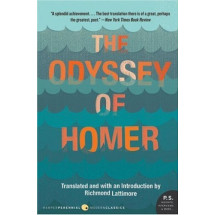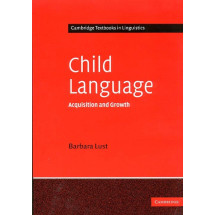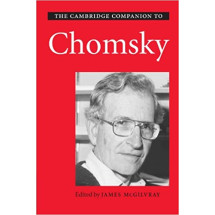Recent decades have produced a blossoming of research in artificial systems that exhibit important properties of mind. But what exactly is this dramatic new work and how does it change the way we think about the mind, or even about who or what has mind?Stan Franklin is the perfect tour guide through the contemporary interdisciplinary matrix of artificial intelligence, cognitive science, cognitive neuroscience, artificial neural networks, artificial life, and robotics that is producing a new paradigm of mind. Leisurely and informal, but always informed, his tour touches on all of the major facets of mechanisms of mind.Along the way, Franklin makes the case for a perspective that rejects a rigid distinction between mind and non-mind in favor of a continuum from less to more mind, and for the role of mind as a control structure with the essential task of choosing the next action. Selected stops include the best of the work in these different fields, with the key concepts and results explained in just enough detail to allow readers to decide for themselves why the work is significant.Major attractions include animal minds, Allan Newell's SOAR, the three Artificial Intelligence debates, John Holland's genetic algorithms, Wilson's Animat, Brooks' subsumption architecture, Jackson's pandemonium theory, Ornstein's multimind, Marvin Minsky's society of mind, Pattie Maes's behavior networks, Gerald Edelman's neural Darwinism, Drescher's schema mechanisms, Pentti Kanerva's sparse distributed memory, Douglas Hofstadter and Melanie Mitchell's Copycat, and Agre and Chapman's deictic representations.A Bradford Book.
Stan Franklin is Professor in the Department of Mathematical Sciences at the University of Memphis.














